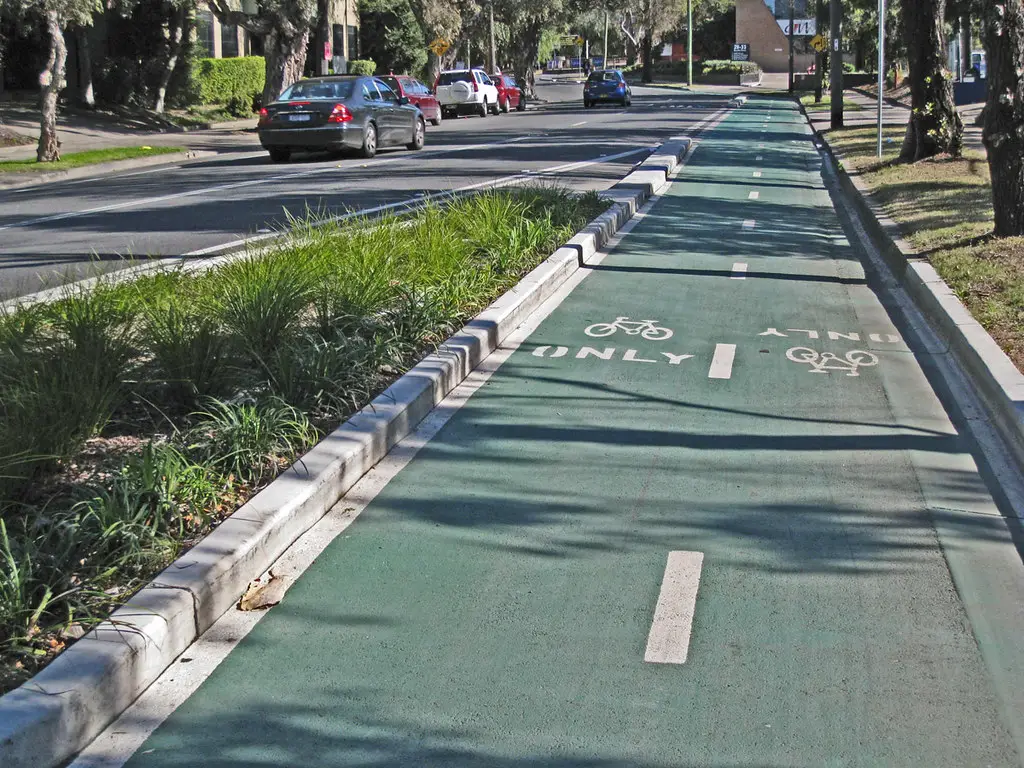Cities are often cited as an opportunity for a more sustainable human existence. In theory, densely packed populations need to travel less and make more efficient use of energy and infrastructures, resulting in a lower carbon footprint compared to rural areas. This means that the efficiencies of urban lifestyles could result in reduced carbon emissions as we become a world of cities. But where are our carbon emissions coming from at present, and how might they change as a result of urbanisation?
3% – the energy required to build your home
This represents a relatively small amount of our overall carbon emissions. Construction is pretty much consistent – recessions permitting – and the industry will face new challenges as space starts to run out in urban areas as a result of population increases. Might the challenge of increasingly dense building drive this figure upwards?
3% – heating your home
Housing is built more densely in urban areas, stacked on top of each other like a tower of Lego. One likely result of increased urbanisation is even more dense housing, meaning this figure could well drop over the coming decades.
3% – household appliances
Religiously turning off your mobile phone charger when not in use? It might not be such a worthwhile use of your time.
4% – hot water
Heating water is an energy intensive process, but still only represents a small proportion of our overal carbon emissions.
12% – shared services
As urban populations increase, services will need to as well. Increased use of shared services might place pressure on current facilities, but a considerable increase in emissions from this sector is unlikely.
13% – waste and consumer goods
This is a simple one – if we continue to over-consume, the best we can hope for this percentage is for it to remain static. Recycling and re-use is important, but a reduction in consumption is vital.
18% – personal transport
Those living in dense urban areas are less likely to own cars. Provided public transport is maintained at functional levels, a more urban world will see less significant emissions from personal transport.
20% – shared infrastructure
Urban infrastructures will inevitably feel more use as populations increase, potentially resulting in an increased percentage of carbon emissions coming from this area. However, as this is coming at the cost of personal transport, an increase is acceptable.
24% – food
At present, almost one quarter of our carbon emissions come from food production. Despite countless concepts for urban farms, a more likely outcome is that the countryside will become increasingly focussed on producing food for cities. As a result, food transportation will remain a heavily-polluting issue. Unfortunately, urban self-sufficiency doesn’t represent a solution either. The notion of every city dweller having a vegetable garden on their balcony has been heavily romanticised, but is a much more energy intensive process than industrialised farming and would therefore result in more carbon emissions, unless of course it was done highly sustainably.
Of course, many of these considerations would become irrelevant if the world’s cities switched to renewable energy. Despite the improved sustainability offered by urbanism, it is not the answer alone.
Photo: Robert Huffstutter



